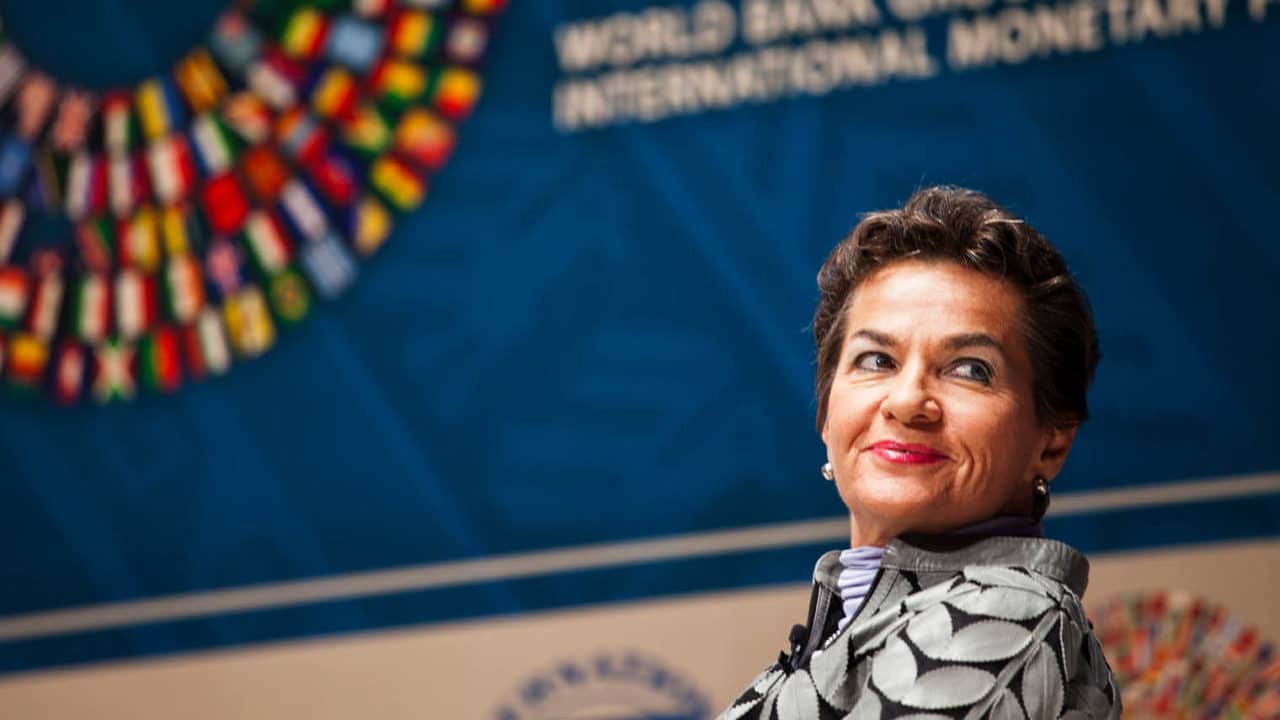Developing the mindsets, capabilities and practices we need to lead transition to a socially inclusive, low-carbon economy
It would be an understatement to say that the scale and complexity of the challenges we face today as a global society – the pace and intensity of change underway, the ensuing pain and struggle, as well as new opportunities emerging – raise important questions about the role of leadership.
ASI’s Breakthrough Leadership for Transition research and design team is focused on advancing and expanding the practice of leading transitions. We are collaborating with a range of stakeholders to explore what ‘transition’ means in a variety of contexts to determine the most meaningful and effective ways to support leadership development. We are early days in this journey, taking inspiration from multiple fields and disciplines including complexity theory, adaptive leadership, ecological resilience and social innovation. Though much of what we’re learning is not necessarily new, Leaders are stepping up in extraordinary ways to address unprecedented challenges while more turbulence is expected ahead.
In this article, we begin to share some of the leadership questions we are exploring, and what we are learning along the way about the messy work of leading transitions.
What is Transition Leadership?
How do we define transition in a way that captures both complexity and opportunity? Scholars in the growing field of sustainable transitions talk about transitions as long-term, open-ended, co-evolutionary, multi-actor processes, which are inherently complex, uncertain, and ambiguous (Holmberg & Larsson, 2018). As existing trajectories remain strong, and powerful forces resist change, transitions are difficult processes of social change that result in major, sometimes painful adjustments (Meadowcroft et al., 2019). The choice is not between stasis or change – change is happening all around us, all the time. Rather the choice is among different patterns of change, and more and less desirable futures.
The challenge is orienting emerging technological and social currents to promote desirable system transformations, those that deliver positive societal value including low carbon options (Meadowcroft et al., 2019). This progression would see unsustainable systems phased out, and more sustainable configurations emerge. Much of the research on sustainability transitions examines systems-level change in sectors like energy, mobility, agri-food, and healthcare.
Our interest is in supporting individuals, organizations, communities and cultivating the leadership capacity for steering transition to low-carbon , socially inclusive futures.
How can Transition Leadership best serve organizations, communities, and businesses?
Though there is no shortage of prescriptive leadership training models, we’re sensing an urgent need for leadership approaches that are more contextually sensitive and learning-oriented.
Our work suggests that leading sustainability transitions tacks away from existing management paradigms in several distinct ways. The practice of transition leadership practices draws more from collective capacities than personal characteristics, and includes facilitating broad processes of co-creation, experimentation and learning rather than conventionsal management and control strategies. They honour the ability to break away from dominant discourses and consider unexpected development trajectories and routines, eschewing incremental change within existing dominant paradigms.
We’re learning that Transition Leadership is more about facilitating others, engaging with multiple, diverse audiences and enabling transformation rather than seeking individual achievement and recognition. These approaches account for the complexity of steering transitions to sustainability, and embody the interconnected and interdependent nature of the challenges we face.
Along our journey, we’re unearthing exciting examples of Transition Leadership in action, and insights about what inclusive Transition Leadership might look like for a diversity of practitioners. Many of the discoveries break free of traditional but outmoded leadership models, and embrace the adaptive characteristics that are proving to be essential in working through the scale and complexity of change we face today.
Transition Leadership in Action: Christiana Figueres
In 2015, Christiana Figueres, then Executive Secretary for the UN Convention on Climate Change, chaired the annual international negotiations to set binding targets for reducing greenhouse gas emissions. She achieved what none of her predecessors had managed. She steered 195 countries to unanimously adopt the historic Paris Agreement, not only endorsing the target to keep Earth below 2 degrees Celsius of warming but to aim for the scientifically far safer target of 1.5 degrees.
How did she persuade so many country leaders to sign up? Commentators present at the time said it was by developing a new brand of ‘collaborative diplomacy’ which, in her own words, is based on an attitude of ‘stubborn optimism’. “I realized I have no idea how we’re going to solve this problem, but I do know one thing: We have got to change the tone of this conversation. Because there is no way you can deliver victory without optimism,” (Figueres, 2019).
Figueres represents the paradox inherent in breakthrough leadership: at once highly collaborative and systemic in approach and yet also individually purposeful and agentic.

Photo courtesy of Raconteur
The paradox of breakthrough leadership: an approach both collaborative and systemic yet also individually purposeful
This form of leadership is visible amongst many of the most effective leaders acting on the climate and associated crises. It combines:
- belief in collective action;
- critical sense-making of complex data presented through politicized lenses;
- empathy with the concerns and fears of others in the system;
- credibility to mobilize co-operation across the usual political fault lines grounded in trust, respect and inclusivity;
- a passion for the natural world;
- and a strong sense of social justice.
Above all it is driven by a compelling vision about how the world can be better and how human ingenuity can realize that potential.
Join the Breakthrough Leadership for Transition journey
You’re invited to follow the journey and join the conversation as we continue to explore the substance, process and context of Breakthrough Leadership for Transition. Next up … exploring key leadership practices including those which diverge most notably from traditional, outmoded leadership models, and the Breakthrough Leadership for Transition learning process.
References:
Figueres, C. (2019). https://qz.com/work/1192946/climate-leader-christiana-figueres-nothing-gets-done-without-optimism/
Holmberg, J. & J. Larsson (2018). “A Sustainability Lighthouse—Supporting Transition Leadership and Conversations on Desirable Futures,” Sustainability, 2018, 10, 3842; doi:10.3390/su10113842
Meadowcroft J., Layzell, D.B. and Mousseau N. (2019). “The Transition Accelerator: Building pathways to a sustainable future,” Transition Accelerator Reports Vol. 1, Iss. 1, Pg 1-65. https://transitionaccelerator.ca/wp-content/uploads/2020/05/Transition-Accelerator_Building-Pathways-to-a-Sustainable-Future.pdf


